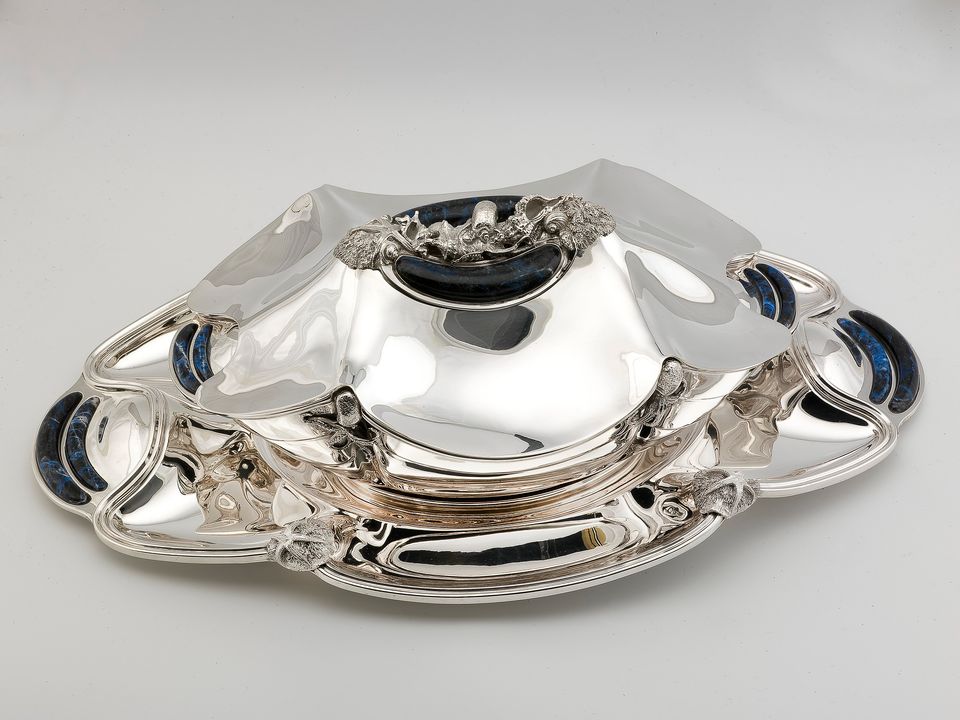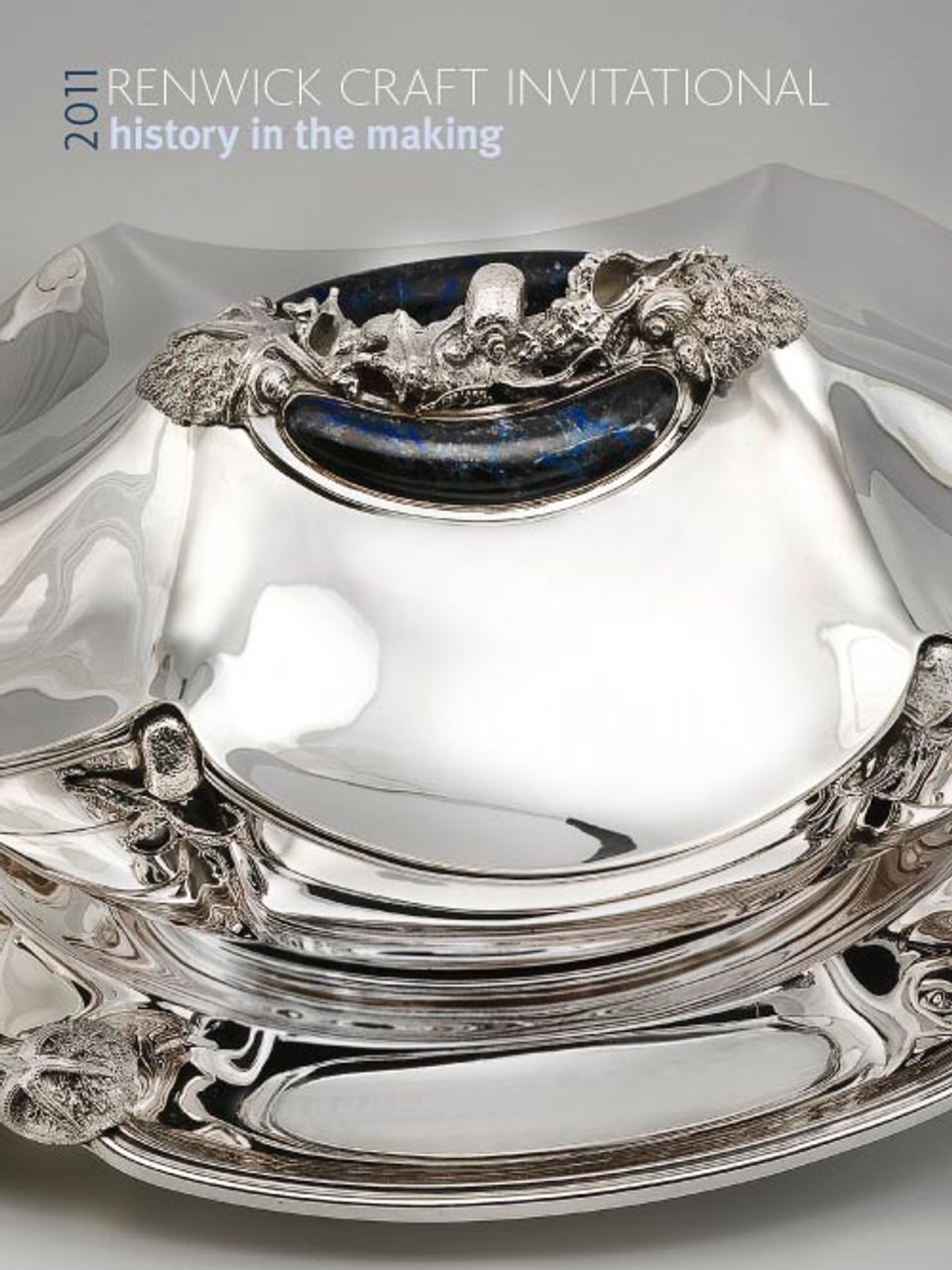Cliff Lee
- Born
- Vienna, Austria
- Active in
- Kaohsiung, Taiwan
- Stevens, Pennsylvania, United States
- Biography
Cliff Lee was born in Vienna, Austria, in 1951, where his father was stationed as ambassador. Lee began his education in Taiwan and moved to the United States in 1968 to attend Eastern Mennonite College, where he earned a degree in biology in 1971. He attended medical school in the 1970s at the Hershey Medical Center, Pennsylvania State College, specializing in neurosurgery. After starting work as a physician, and looking to reduce stress after long workdays, Lee enrolled in a ceramics class at James Madison University in Harrisonburg, Virginia. It was there that he found the two passions of his life: studio pottery and his future bride, Holly, a jewelry designer. Lee enrolled in the school's ceramics master's program and received his degree in 1976.
From the start, Lee and his wife have sold their own work. Their first gallery was in Arlington, Virginia, followed by the Georgetown section of Washington, DC. They currently live near Stevens, Pennsylvania, and sell work directly from their studio or at major craft shows such as the ACC Baltimore Show, the Philadelphia Museum of Art Craft Show, and the Smithsonian Craft Show. In 1993, President and Mrs. Clinton invited Lee to contribute to the White House Collection of American Crafts, an exhibition that toured the country. Lee's work is now included in the permanent collections of several museums, including the Smithsonian American Art Museum's Renwick Gallery; the Mint Museum of Craft + Design, Charlotte, NC; Yale University Art Gallery, New Haven, CT; and the Racine Art Museum, Wisconsin. He has received numerous awards at craft shows. His work has been exhibited around the world and featured in publications, including Craft in America: Celebrating Two Centuries of Artists and Objects (2007) and the subsequent television series.
Nicholas Bell, Ulysses Grant Dietz, and Andrew Wagner History in the Making: Renwick Craft Invitational 2011 (Washington, D.C. and London: Smithsonian American Art Museum in association with Scala, 2011)















